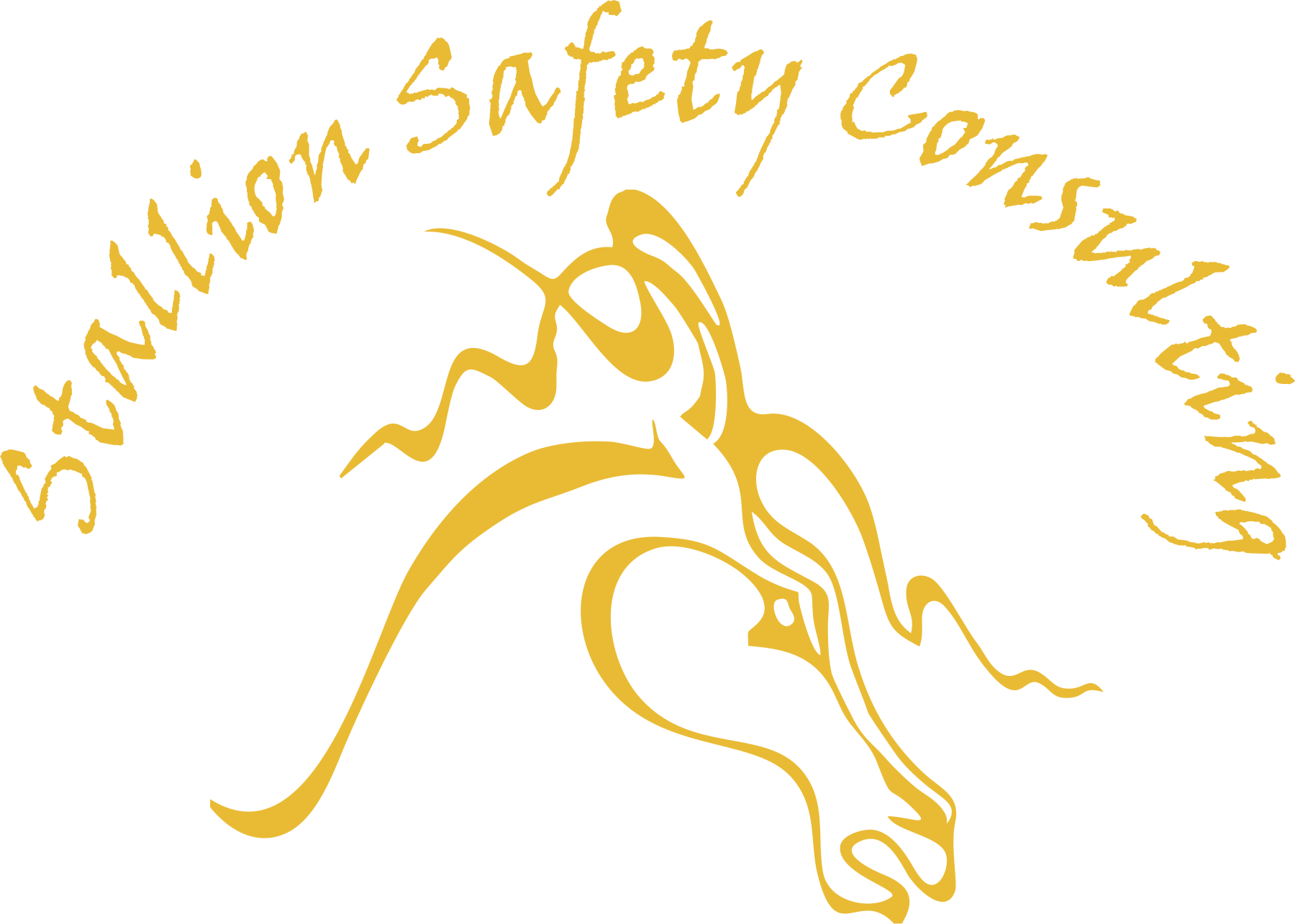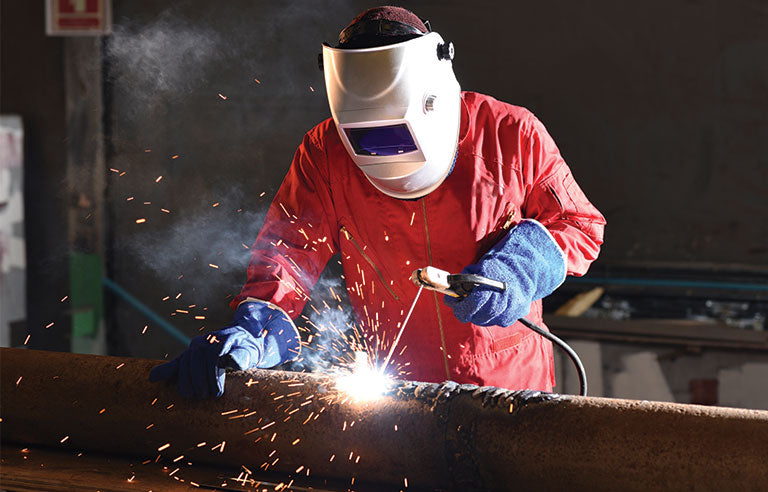|
Welding releases toxic fumes, gases, and vapours into the air. Breathing in these contaminants can make you sick if you do not take steps to protect yourself. In confined spaces, welding fumes and gases can be much stronger.
Fumes are released when heating the base metal, surface coatings, electrode, and fluxes.
Gases are released in welding from shielding gases, heating the electrode coverings and fluxes, reactions by ultraviolet radiation, and heating solvents and other surface coatings.
Inhaling these contaminants can cause immediate health effects such as eye, nose, and throat irritation or a flu-like condition called “metal fume fever”. Metal fume fever causes chills, dry mouth and throat, muscle pain, fatigue, fever, and vomiting. Long-term exposure to welding fumes can cause more serious health effects such as:
- · Damage to the nervous system
- · Bone damage • Fluid in the lungs
- · Bronchitis
- · Loss of consciousness
- · Suffocation
- · Severe allergies
- · Nasal and lung cancer.
CONTROLS
- Gather some information before you start welding to help reduce your exposure to welding contaminants:
- Consult the safety data sheet (SDS) for the welding rod to determine the hazardous components and recommended control measures.
- Determine the composition of the base metal before welding begins.
- Take these steps to help reduce your exposure:
- Keep your head as far away from the fumes as possible.
- If welding outdoors, position yourself so the wind blows from behind you through the weld area and carries the contaminants away from your breathing zone (wind at back).
- Weld on clean metal only. Remove any surface coatings, paints, or degreasers. Coatings should be removed at least four inches on each side of the weld point.
- ·Fume extractors are the best way to reduce your exposure.
- Position portable hoods as close as possible to the weld to extract the most fume.
- Ensure that the air velocity is enough to remove airborne contaminants.
- Ensure that the ventilation unit is maintained properly. Prior to use, check that fans are working properly and that filters are in place and are clean.
- If adequate ventilation is not available or if the welding process creates a toxic fume such as from stainless steel and beryllium, use respiratory protection.
- For low levels of fume that are relatively non-toxic, a disposable filtering facepiece respirator may be adequate. Where high levels of fume are expected or the fumes are toxic, a half facepiece respirator with cartridges suitable for fume and gases should be used.
- In areas where gases may build up or oxygen may become deficient, a supplied air respirator or self-contained breathing apparatus may be needed.
|


 CAD
CAD USD
USD